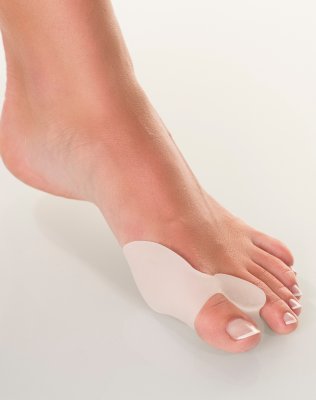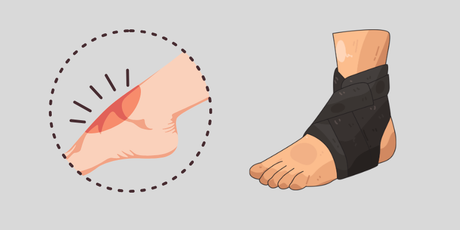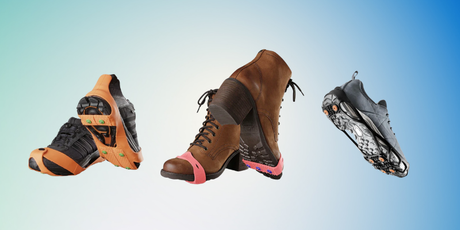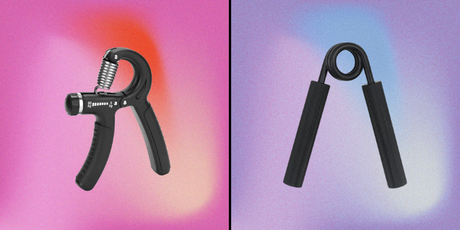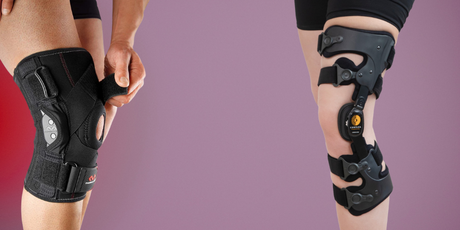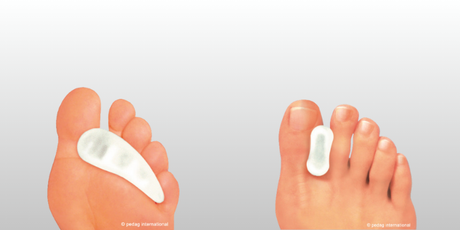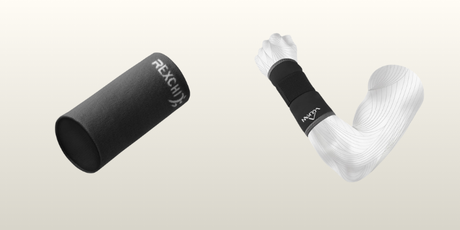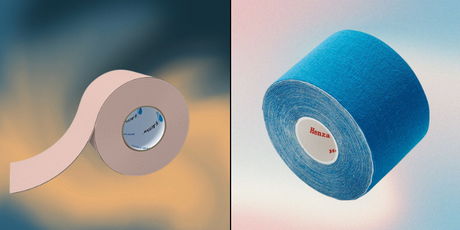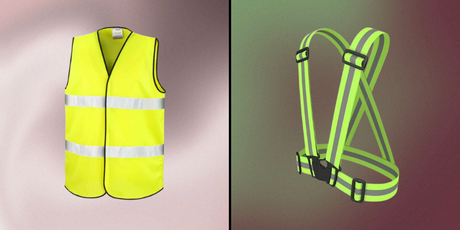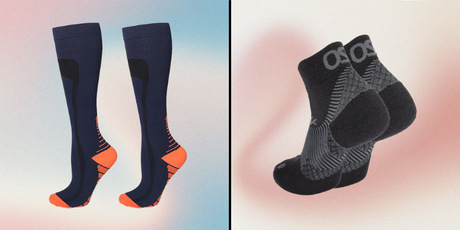Hallux valgus is when the big toe becomes crooked and tilts inwards towards the other toes. This misalignment often leads to a raised bump at the inner edge of the foot, which causes pain, discomfort and can affect mobility.
Symptoms of Hallux Valgus
The most common symptoms of hallux valgus include:
-
Crooked big toe: The big toe points inwards towards the other toes, leading to a visible bump on the inside of the foot.
-
Pain at the big toe: Pain and discomfort usually arise from pressure on the inward pointing big toe, often in and around the big toe joint.
-
Redness and swelling: The exposed part of the foot, at the bunion, may become red and swollen, especially if you have been wearing tight shoes.
-
Pain on exertion: Pain often occurs when walking or standing for long periods of time, especially if you are wearing regular or tight shoes that do not provide enough support for the foot.
-
Changes in the shape of the foot: Hallux valgus causes the foot to change over time and can lead to difficulty walking normally.
-
Worsening of symptoms: Pain and swelling may increase as the deformity progresses and the foot is exposed to more pressure from shoes or strain.
Causes of Hallux Valgus
Hallux valgus is often caused by a combination of factors, such as:
-
Genetic predisposition: You may have an inherited tendency to develop hallux valgus, especially if your parents have had it.
-
Incorrect footwear: Tight, pointed or high-heeled shoes can contribute to the compression of the toes and create a crooked big toe.
-
Overloading and prolonged strain: Standing a lot or walking long distances, especially in uncomfortable shoes, can increase the risk of developing hallux valgus.
-
Excess weight: Extra weight puts more pressure on the feet, which can contribute to hallux valgus.
Treatment of hallux valgus
The treatment of hallux valgus depends on the severity of the symptoms and how much the foot is affected. There are both non-surgical treatments and surgical options to relieve symptoms and reduce pain.
Non-surgical treatment
-
Pain relief: Painkillers such as paracetamol or ibuprofen can be used to relieve the pain and inflammation of hallux valgus.
-
Shoe inserts and orthotics: Customised shoe inserts or orthotic inserts can help redistribute pressure from the bunion and reduce pain.
-
Wider shoes: Wearing shoes with a wide toe box gives more room for the toes and reduces pressure on the crooked big toe.
-
Foot exercises: Regular stretching exercises and foot training can improve mobility and reduce pain.
-
Relieving aids: Using protectors or cushions to reduce pressure on the bunion and protect the foot from irritation.
-
Self-care: For mild cases, self-care such as changing to more comfortable shoes and taking pressure off the foot may be sufficient.
Prevention of Hallux Valgus
There is no sure-fire way to prevent hallux valgus, but by taking care of your feet, you can reduce the risk of developing or worsening the condition:
-
Choose the right shoes: Choose shoes with a wide toe box and avoid shoes that are too tight or high-heeled.
-
Maintain a healthy weight: Reduce pressure on your feet by maintaining a healthy weight.
-
Foot exercises: Strengthen the muscles in your feet by doing regular foot exercises.
-
Replace old shoes: Make sure your shoes provide proper support and are comfortable.
What you need to know about Hallux Valgus
Hallux valgus is a foot condition that causes pain and misalignment of the big toe, which can affect your gait and quality of life. Wearing the right shoes, taking care of your feet and using assistive devices can help relieve symptoms. In more severe cases, surgical treatment may be necessary to correct the condition and relieve pain.
